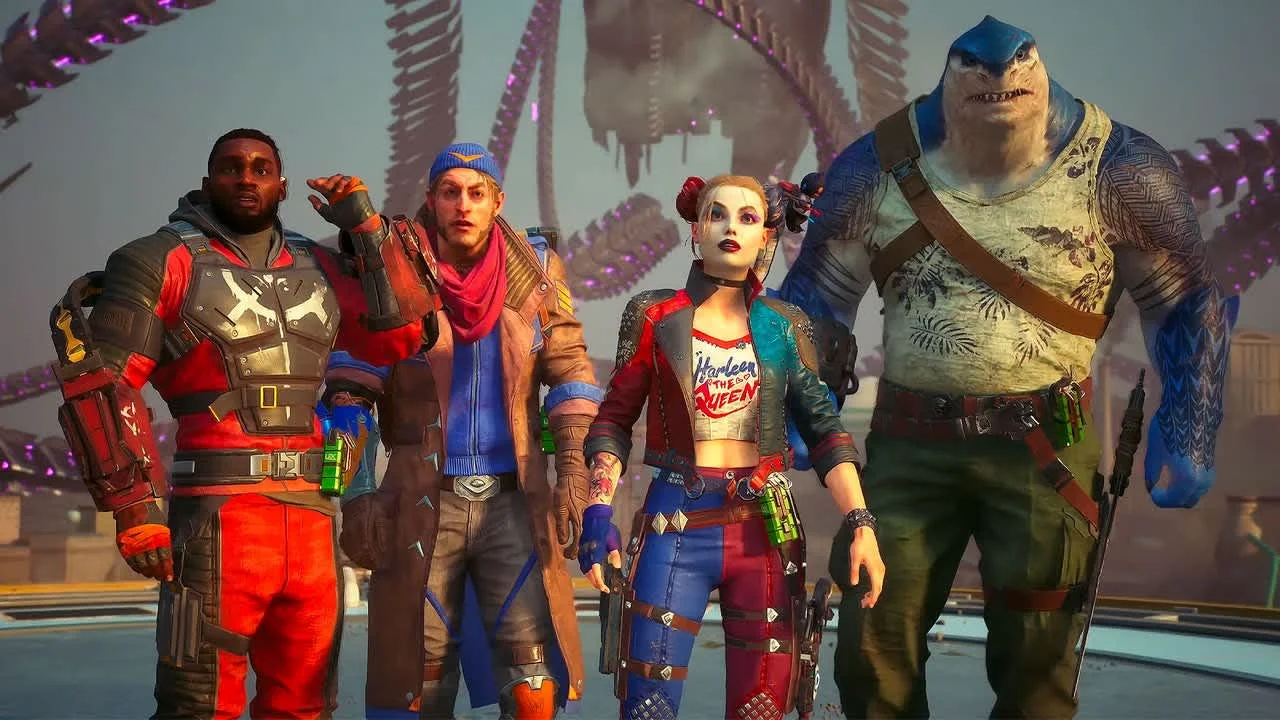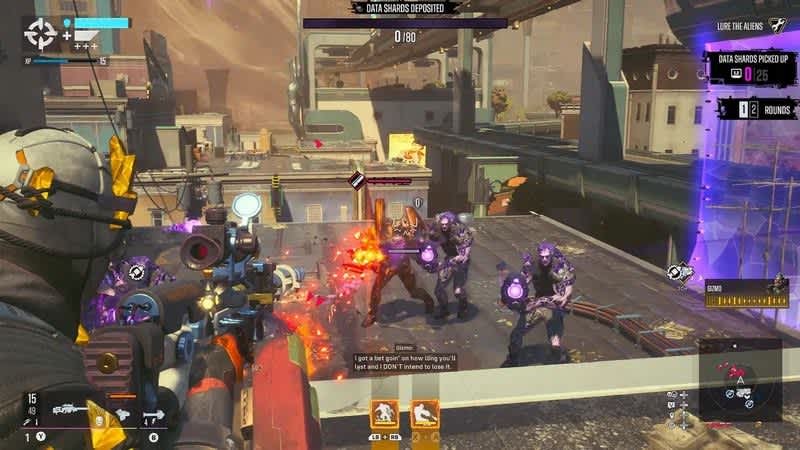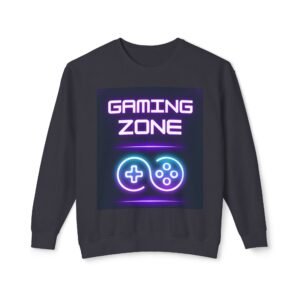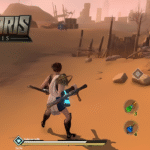Rocksteady’s latest takes flight, but stumbles into repetitive missions and endgame blues.
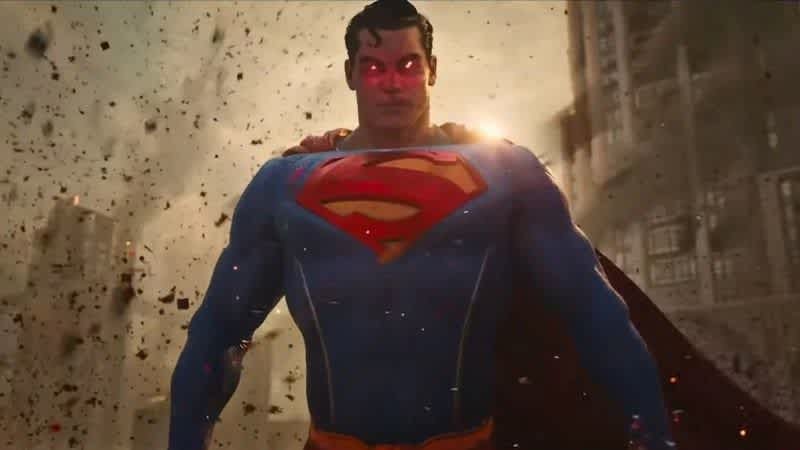
After years of anticipation, delays, controversies, and leaks, Rocksteady’s Suicide Squad: Kill The Justice League, a third-person shooter with a live-service approach, and an open-world setting, has finally been released. Set in the same universe as the studio’s Batman Arkham series, the game unfolds several years after the events of Arkham Knight. Batman fakes his own death, joins the Justice League, and heads to Metropolis to ally with Wonder Woman, Superman, Flash, and Green Lantern. However, things take a dark turn when Brainiac arrives, manipulating their minds and turning these once mighty heroes into enemies. Now, it’s up to Harley Quinn, Captain Boomerang, King Shark, and Deadshot—DC’s supervillains with bombs implanted in their heads—to be the last hope to “kill the Justice League” and save the world.
Graphics and Gameplay

The game’s graphics are commendable, with detailed character designs and explosive, albeit slightly overwhelming, battles. The combat is well-designed, with each team member having unique abilities and seamlessly blending together throughout the game. The storyline is well-written, making players believe that the Suicide Squad is genuinely the force to save the world. The interactions between the four characters are smooth, featuring engaging humor and thought-provoking moments.
Strengths and Weaknesses of the Main Campaign
The main campaign introduces players to the “heroes” and explains how Amanda Waller, the Boss of the squad, controls them and deploys them in battles. The initial confidence and perfect pacing in the first few hours are likely to captivate many gamers. However, as the game opens up to the city of Metropolis, it quickly descends into repetition. Beyond the introduction and a few boss fights, the game primarily involves defending a location, rescuing someone, or shooting something. The structure of Suicide Squad: Kill The Justice League revolves around watching an interesting cutscene, learning the next step in the world-saving plan, and then executing a mission you’ve done before in a new location with new enemies. This repetition lasts for 15 to 20 hours, depending on how much of the game’s optional content you choose to experience.
Challenges and Drawbacks
Rocksteady attempted to address the monotony by refining specific missions, forcing players to complete them in specific ways. However, this approach leads to other issues, such as facing enemies that can only be defeated with grenades when your character isn’t built for that style of play. Yet, this isn’t the most fatal flaw of the game.
Endgame and Spoilers
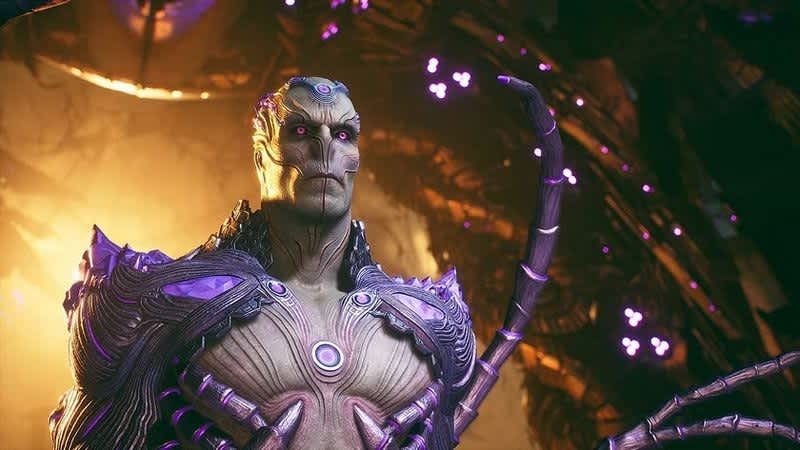
Before the credits roll, the game hints at a climactic showdown with Brainiac, involving defeating 13 versions of Brainiac across the multiverse. To achieve this, players must engage in the endgame content, featuring repetitive missions and boss fights to earn a currency that allows them to challenge new Brainiacs in different universes. However, this progression is hindered by the requirement to complete similar tasks as in the earlier hours of the game. The final battle with Brainiac turns out to be disappointingly similar to the earlier Flash fight, with only a different appearance. Instead of concluding with a triumphant victory, Suicide Squad: Kill The Justice League informs players that they must continue playing for months to truly save the world. This undermines a satisfying conclusion, serving the interests of the live-service model that encourages prolonged gameplay, microtransactions, and additional purchases.
Conclusion
In summary, as the title suggests, Suicide Squad: Kill The Justice League could have been a great game if not for the repetitive and mundane tasks and the inclusion of live-service elements. Ultimately, it raises the question: what more can one expect from a game owned and published by Warner Bros?
See more information in the Game News section here.

